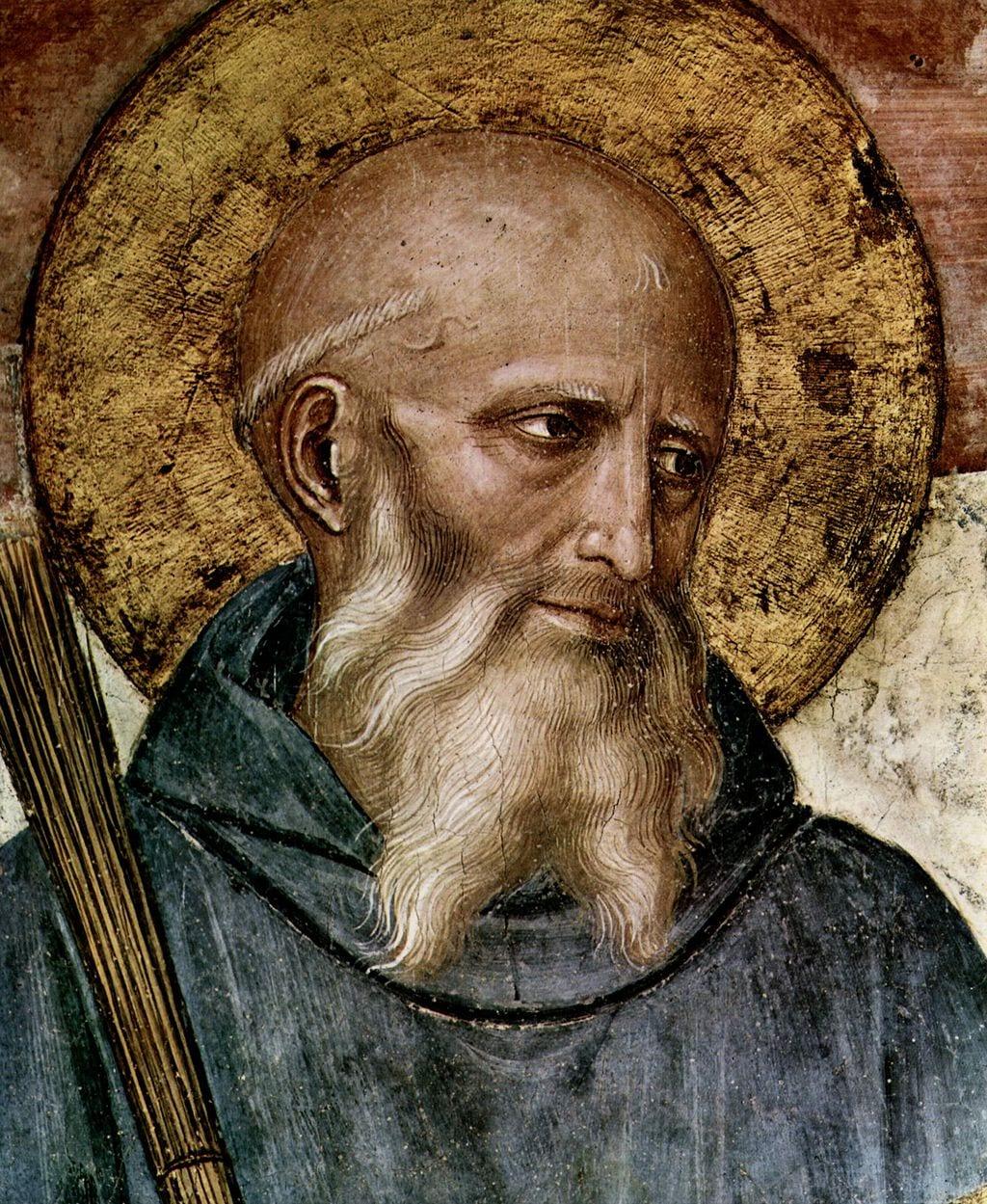With the recent celebration of the feast day of Saint Benedict, the famous cave of Subiaco was highlighted as the place and focal point of the saint’s living out of his desire for peace. In that cave, for almost three years, the young hermit became the spiritual powerhouse that caused others to follow him and led to the formalization of monasticism in the West.
From Benedict’s example, many others with similar intentions and desires have visited Subiaco through the ages.
This shouldn’t surprise us, since saints always beget other saints. By contrast, when “holiness” only leads to a cult of personality, an environment of control, or massive accumulations of wealth, then the self-proclaimed holiness reveals itself to be a fake and a mere illusion of authentic spiritual growth.
On the other hand, holiness – or a sincere hunger and thirst for holiness – always nurtures an edifying community, an emulation among others, and a certain spiritual generation in the perfection of charity. Simply put, veritable holiness is contagious.
When we see our fellow human beings genuinely labor for a right relationship with God and neighbor, we are encouraged to improve ourselves and cultivate such relationships in our own lives.
And so, true to this progeny of the spiritual life, it shouldn’t catch us off guard that Saint Benedict’s legacy and the cave of Subiaco attracted other people. It makes sense that such a cave would become a magnet for those seeking a peace with God, themselves, their neighbors, and creation.
Of all such guests, one of the more prominent visitors to Subiaco was a wounded military veteran, abandoned by his family, uncertain of his mission in life, and yet seeking God and zealously desiring the peace that only he can give.
Coming from Assisi in the mountainous region of Umbria, this young pioneer of the spiritual life, Francis by name, went to the cave of Benedict. Yes, holiness is irresistible.
And so, some six centuries after the great abbot’s death, a beggar before God went to the proto-Benedictine’s place of spiritual rejuvenation and desperately sought his intercession and guidance.
Hearing the solemn commission, “Rebuild my Church,” Francis of Assisi sought to answer and fulfill this summons. He turned to Benedict. While not feeling a call to the Benedictine Order (or monasticism in general), Francis knew that Benedict’s patrimony and example were a source of enlightenment, encouragement, and direction.
From Saint Benedict, the young Francis learned about the importance and reverence owed to a cloister, a secured sacred place, as well as the regular ora et labora – the work and prayer – of a monk.
Saint Francis, inspired by the Benedictines and empowered by the grace of Subiaco, brought the monastic cloister into a friar’s heart and gave the work of the monk a broader evangelical expression, namely, Saint Francis helped to give the Church the mendicant charism.
The word mendicant comes from the Latin word for beggar, and it was the name given to the new begging orders of the thirteenth century. It was precisely this mendicant charism that gave a renewed and diverse expression to consecrated service in the life of the Christian community.
The mendicant orders, of which the Franciscans were the most prominent, brought about new branches from the living tree of faith. Never in opposition to the other expressions of this faith, the Franciscans were a breath of fresh air at a time of great need in the life of the Church.
Such a renovation was possible because of the tradition of holiness. It was actualized by one human person being inspired by another. It flourished by one heart speaking to another. This is the credible path that leads to true holiness and service within the human family.
Incidentally, in Subiaco, the monks realized the work of God in Saint Francis of Assisi. One of the Benedictines was even moved to sketch his portrait on one of the walls. It’s the only image made of Francis in his lifetime, and that portrait in Benedict’s cave reflects the powerful reality: Holiness begets holiness. True saints inspire future saints.
This reality should encourage each of us in our own journey of faith. What saints motivate us to be better believers? Are we energizing others by our faith and selfless service?
While often not associated together, the spiritual friendship of Benedict and Francis is a lesson and help along the way. It’s a friendship that has brought about tremendous good and one that should compel us all to allow ourselves to be spiritually uplifted and to always generously uplift others.















